Explaining to children the difference between needing something and wanting something can be difficult. This post shows how I, a Professional Organizer, explained the difference to my child and how we were able to clear out his room.
The background: Some time ago, I sat down with my son and daughter and planned on explaining needing and wanting to them. This explains the need and desire for my kids' posts, which is how I did it.
Jump to:
I first explained the difference between "needing" and "wanting" to keep items.
What does wanting something mean?
"Wanting" is wishing to keep something because of a past connection to it. For example, they want to keep a doll because their aunt gave it to them. But they have not played with it recently, or it is no longer their favorite and stuffed in a box stored away somewhere decaying. They won't need to replace these items.

While needing means something different.
What does needing something mean?
"Needing" is when items like toothbrushes, school clothes, reference books, or school supplies are used more frequently and will be used in the future. Usually, when these items get worn or used up, they will most likely replace them.
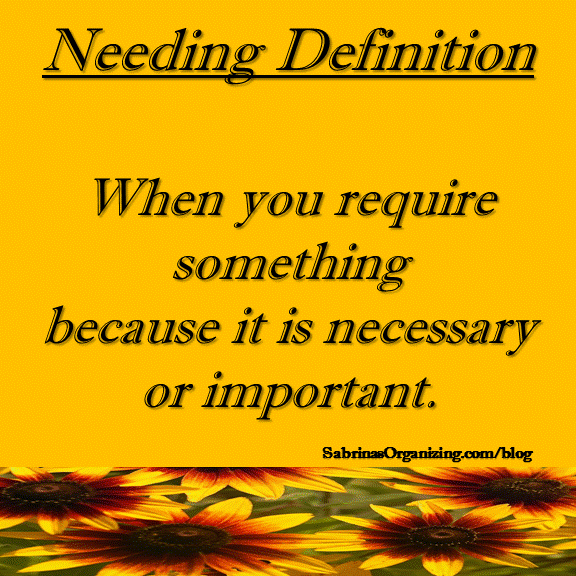
How do you describe the difference between needing and wanting children?
As I described above, I decided to explain needing and wanting to the kids in very simple terms. This helped them be less anxious about the process. Since children look to their feelings first when deciding to keep an item, I decided to help them group items from bins in the back of the closet or items stored in another room. This way, the emotional attachment wasn't as clear since they hadn't seen the toy recently.
It was time to jump right in and start purging! I was so excited!
We pulled out the oldest bins and reviewed each item, and I asked these questions:
- Is there little or no dust on the object? I explained to them that if it had a lot of dust, it usually meant they hadn't used it in a while because dust settles on items that have not been moved.
- Do they remember the last time they played with it?
- Is it a toy for their age?
- Does it still fit them?
- Does it look like new?
If they said "no" to any of these questions, they could get rid of it without regret. However, sometimes they decide that they can't live without an item, so not to break the purging process, I gave in and told them to put it aside.
The results on decluttering items with my kids.
After going through their rooms, we filled 12 bags of toys from games to large figures using this method. To help them let go of those items that were borderline needed and wanted, I promised them I would give those toys to younger children who are unable to buy them for him or herself. This helped ease their mind. So, to keep up my end of the deal, I emailed my friends and family to see if they wanted any of the toys/games. Any item that was left over was brought to Goodwill for donation.
How do I deal with my kids not wanting to get rid of their toys?
Another way to deal with not wanting to get rid of toys is to make a deal with your child that you would get them a new toy if they got rid of 10 or 20 items. This way, they get a reward for getting rid of toys they don't use. This will also show your child that you understand his/her feelings about letting go of items. This will give him/her the incentive to purge. Chances are, as they go through the purging process, they will get excited and start getting rid of a lot more than the number you indicated. Try it and see.
Repeat the decluttering process as your child gets older.
The newly-organized room and items should be reviewed and purged as life changes. After all, organizing is a process that consistently needs updating. For this reason, I never get bored with organizing! Let me know how you are explaining needing and wanting to kids. I would love to hear from you. Please leave a comment below.
Here is a post that also talks about needing and wanting.
WHAT IS THE DIFFERENCE BETWEEN NEED vs. WANT?
Below are some additional posts for organizing kids' spaces.
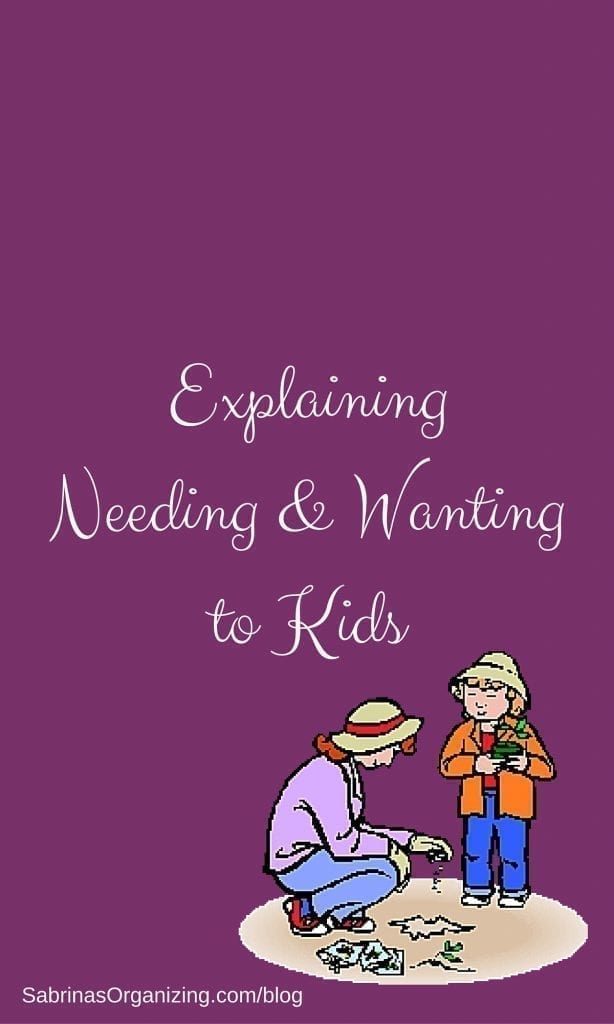

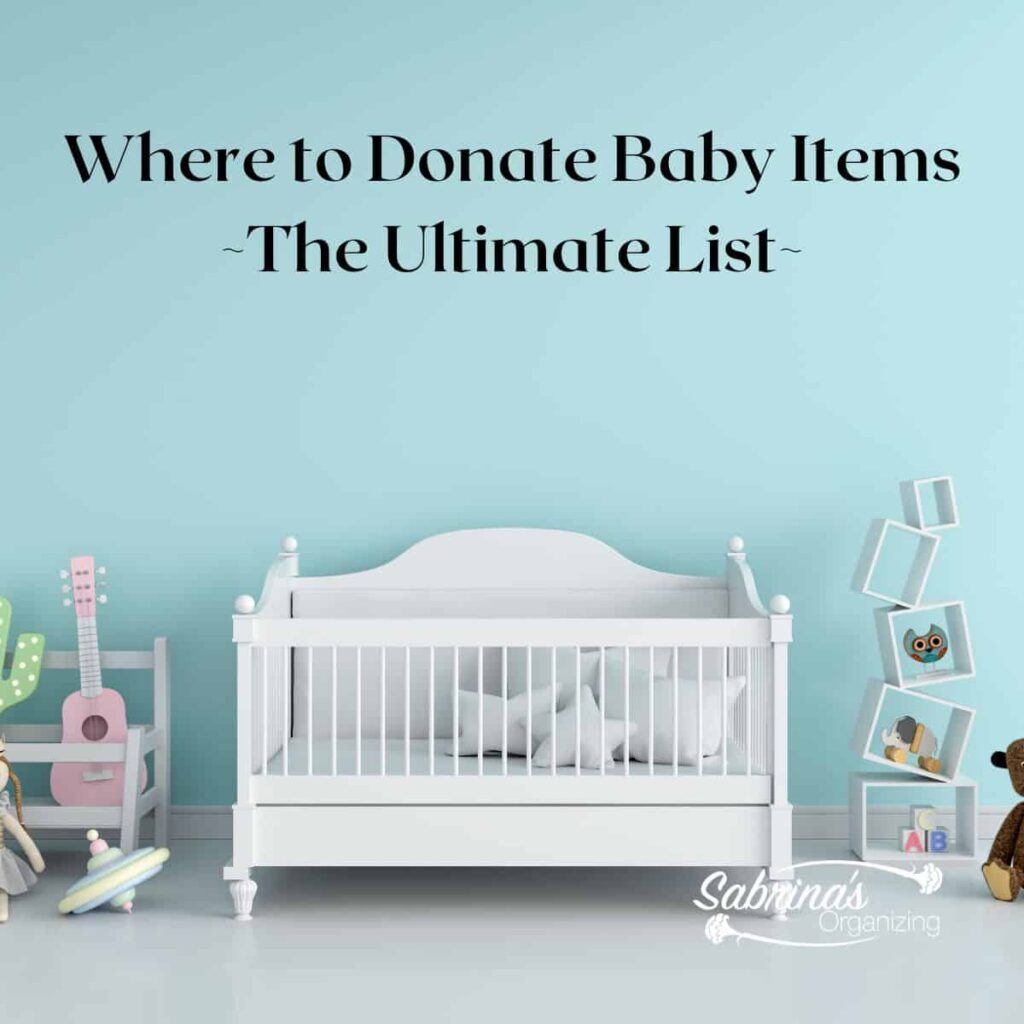
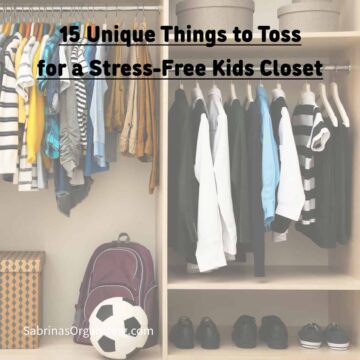
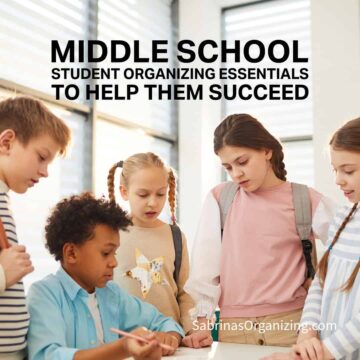
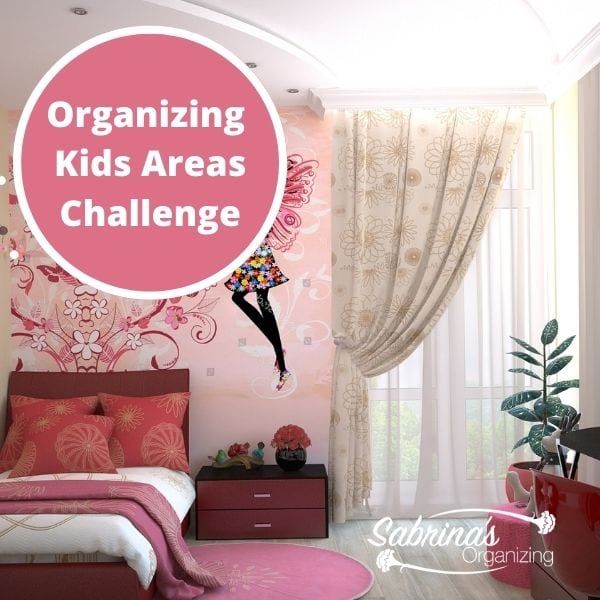
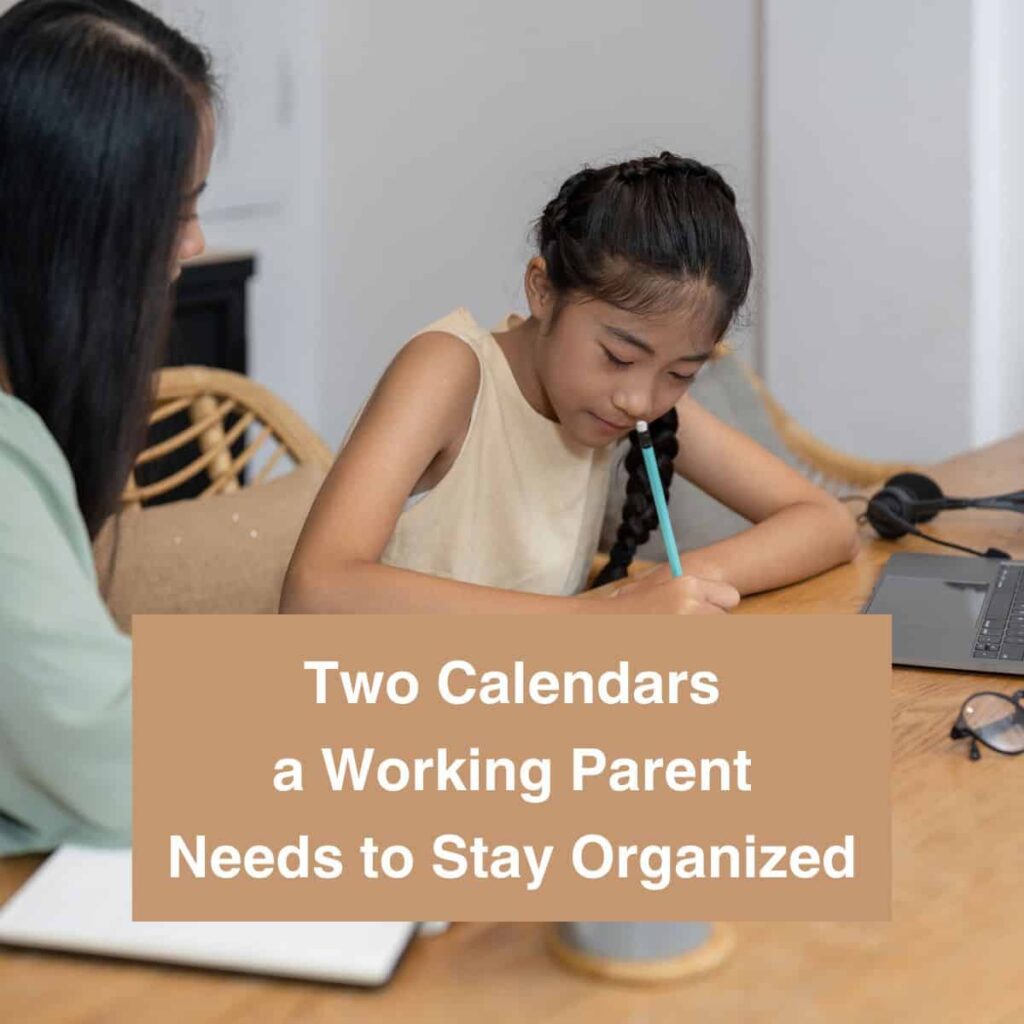
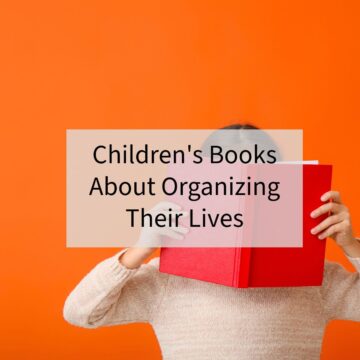
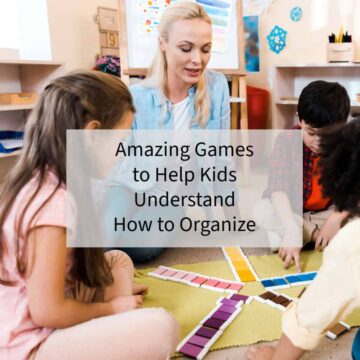
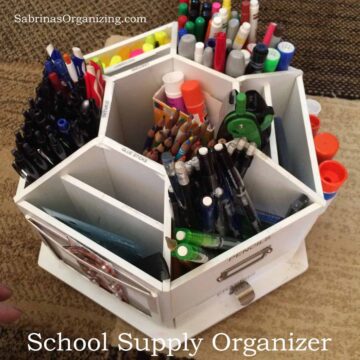
Rose M Griffith says
Have happily shared this with parental friends on Facebook and Twitter. Although is is fundamental, good advice for all of us. Use it or move it on.